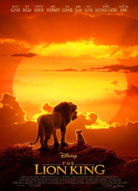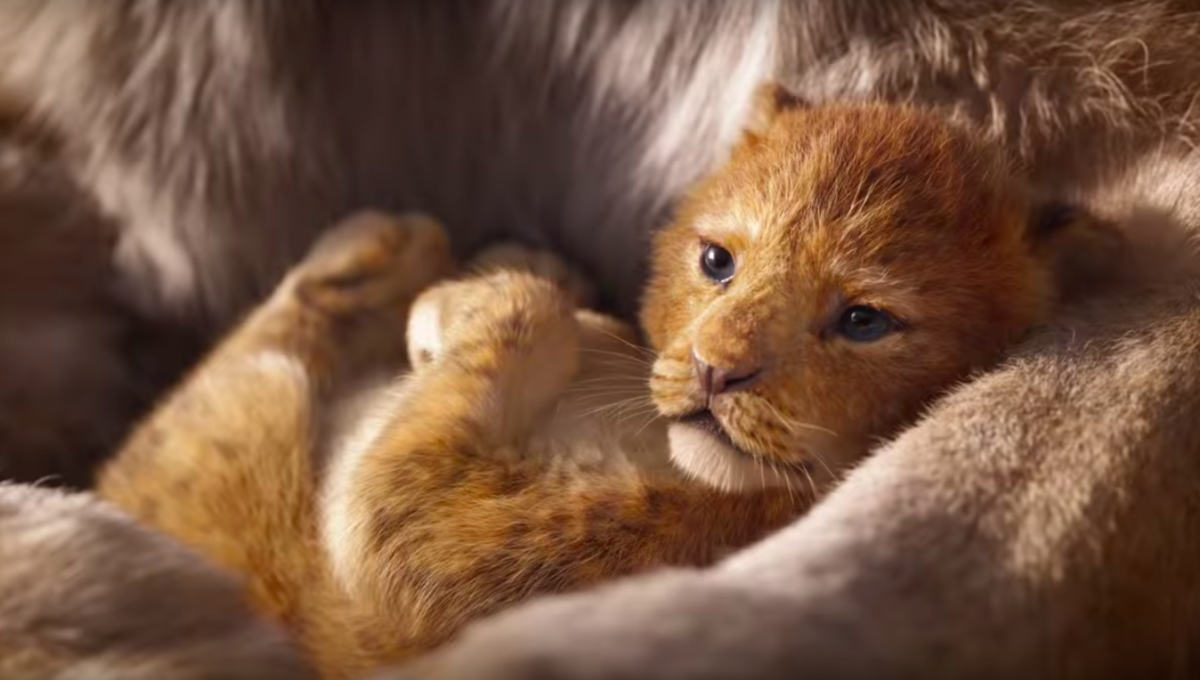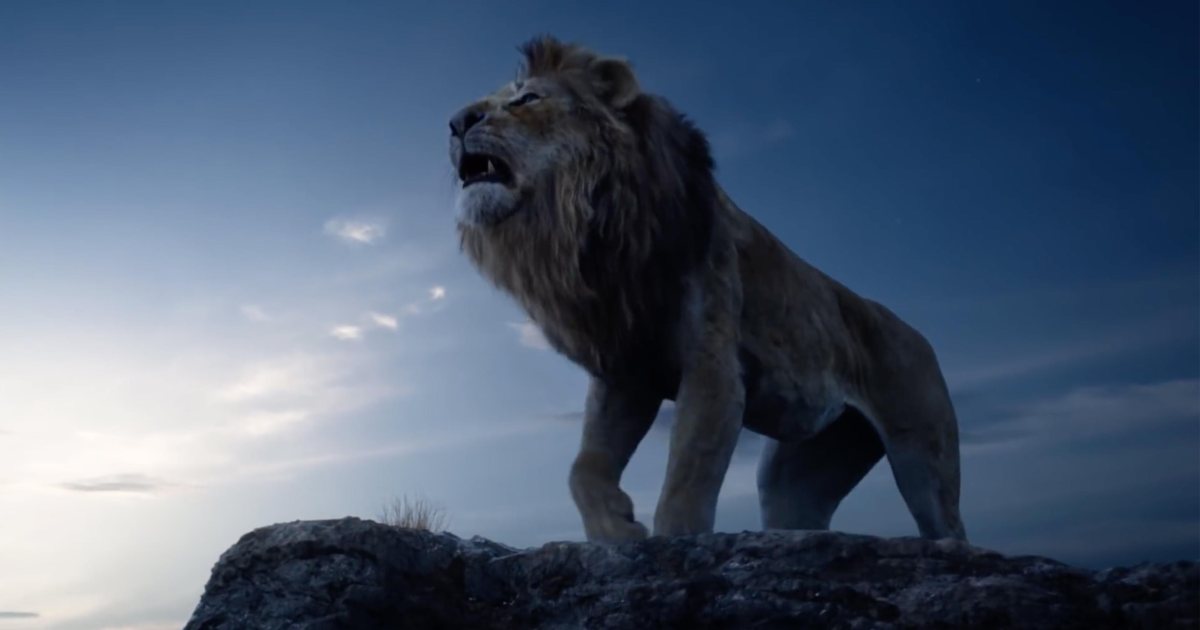 The refrain echoing through many of the negative reviews of Disney's new remake of The Lion King – and even a few of the not-as-enthusiastic positive reviews – has been that the film is "pointless." Which, yeah, it is: a scene-by-scene, line-by-line, and frequently shot-by-shot remake of the 1994 classic that is weaker on essentially every possible point of comparison. The only reason to watch the new film while the 1994 film exists is because the new one is in theaters and thus is bigger.
The refrain echoing through many of the negative reviews of Disney's new remake of The Lion King – and even a few of the not-as-enthusiastic positive reviews – has been that the film is "pointless." Which, yeah, it is: a scene-by-scene, line-by-line, and frequently shot-by-shot remake of the 1994 classic that is weaker on essentially every possible point of comparison. The only reason to watch the new film while the 1994 film exists is because the new one is in theaters and thus is bigger.
So let's not belabor that. Instead, let's try, as much as possible, to take the film on its on terms. Let's pretend, if we possibly can, that this is a brand new story told using cutting-edge technology, and freed from the shackles of memory and nostalgia. Sad to say, even if that might mean that The Lion King isn't pointless, it's still not very good...
The plot you most likely know: lion prince Simba (JD McCrary) just can't wait to be king, but his wicked uncle Scar (Chiwetel Ejiofor) frames him for the death of his father, Mufasa (James Earl Jones), as part of a plot to usurp the leadership over a valley called the Pride Lands. Some years later, Simba has grown up (voiced now by Donald Glover), and must find it within himself to be brave enough and responsible enough to challenge Scar for his birthright. Comic sidekicks and love interests pop along the way.

The hook this time around is that the film has been made in its entirety using photorealistic CGI: the latest in Disney's ongoing effort to make "live-action" remakes of all of its most marketable animated classics.
Except that in this case there's nothing "live" about it. Every animal and every part of the landscape is created with some of the most advanced visual effects work in history. They've created lions that absolutely look just like real lions as they talk about dynastic politics and deliver one-liners. And if you can imagine a real lion speaking English in a way that makes sense given the structure of its mouth, congratulations! You're smarter than I am. Also, you're smarter than the animators who made The Lion King, because these creatures start out in the Uncanny Valley and never leave it.
Though, to be fair, they do get a little more tolerable as the film progresses. It's difficult to say whether this is solely because one gets used to the the weird spectacle as it goes along, or if things actually improve; I can state only that I never felt the powerful discomfort watching CGI animals going subtly but fundamentally wrong more than during "Circle of Life," the opening number in which baby Simba is presented to a crowd of waiting animals. The big problem here isn't the pitch-perfect rendering of the CG, which feels genuinely revolutionary in its way, nor in the character animation, though there's a distinct melting fluidity to Simba's features in this scene that looks like no creature God put on this Earth (baby Simba is, by a good margin, the worst-looking important character in the film). The big problem is the compositing, the stitching-together of the different CGI animals into one space. When Rafiki the baboon pulls Simba from the side of his mother Sarabi – three different digital objects built into one computer, all interacting – it feels powerfully like he's grabbing air from a space several feet in front of her. Everything floats in this sequence; it has no weight, and no sense of depth.

Thankfully, the film never looks that bad again (though weightlessness is an occasional problem). But so what? The best that The Lion King can ever offer is unprecedented photorealism, in a story about singing lions (but not, mind you, dancing lions, which makes the musical numbers all feel awfully drab and lifeless). To the question "is photorealism actually the right fit for this story?" the film doesn't merely fail to offer an answer; it seems to be the case that nobody involved in making it even thought that the question might come up. Nature-documentary realism for realism's sake is the whole of the film's aesthetic strategy. And if this extreme realism makes it all feel persistently grotesque and uncomfortably impossible, oh well. Take it or leave it.
It would be hard for even the best-told story to survive the gorgeously expensive ugliness of the film's CGI. This isn't the best-told story. The vocal performances, with barely any exceptions, are almost as lifeless as the animation (Billy Eichner and Seth Rogen, as comic relief meerkat Timon and warthog Pumbaa, are the exceptions, and I haven't decided yet if I think they're good exceptions). Glover's Simba is all shrill, one-note enthusiasm; Ejiofor's Scar is all gravelly, one-note menace; John Oliver's neurotic bird courtier Zazu (transformed from sarcastic and competent to blithering idiot in this version) is so barely functional as a performance that I hesitate to even ascribe one note to it. The cast feels awkwardly aware that they are starring in an update of a generation-defining classic, and rather than read the lines with a thought to creating personalities reacting in real time, they mostly feel like they're intoning aphorisms, much in the way that bad actors recite rather than perform Shakespeare.

Which, Hamlet influence or not, this isn't. And bluntly, The Lion King has never been further from Shakespeare than in this ugly, tonally flat, emotionally neutered – and, yes, pointless – overpriced white elephant of a remake.
Grade: D+